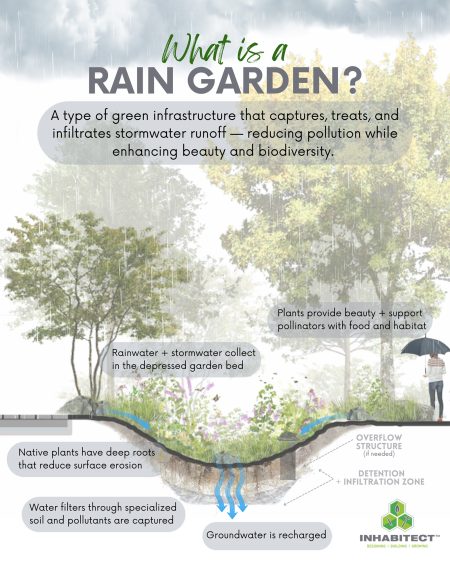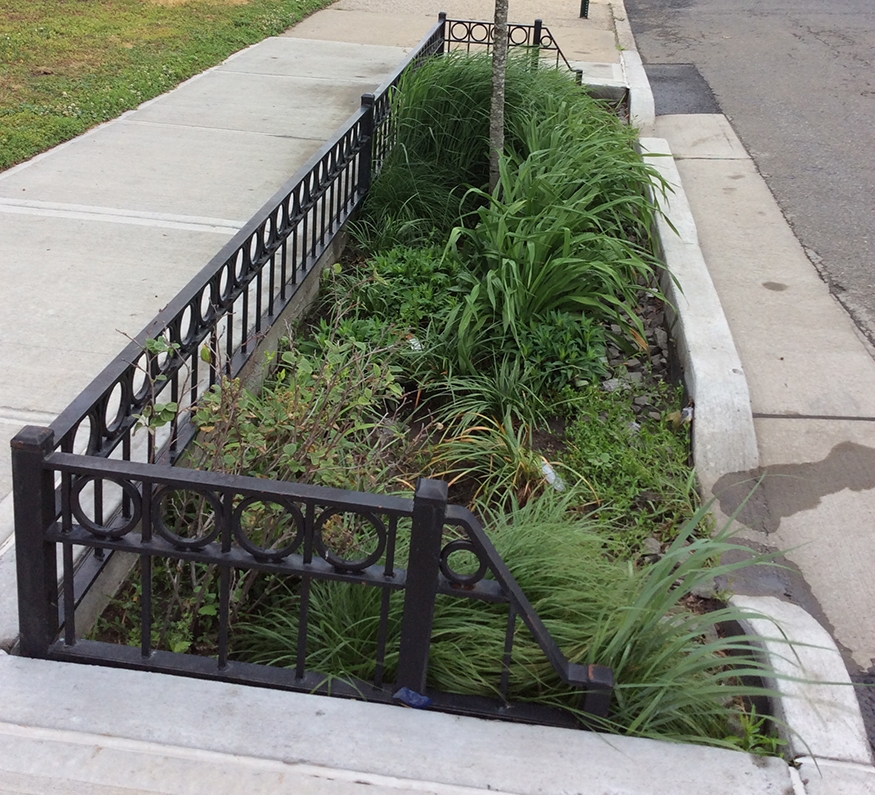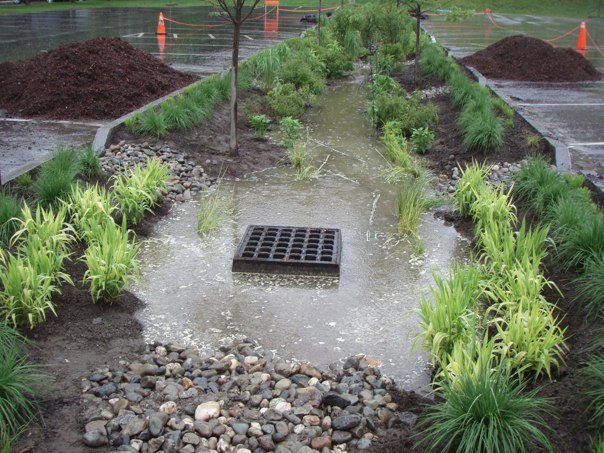How Rain Gardens Help Manage Stormwater

Rain gardens are an innovative and eco-friendly solution designed to manage stormwater effectively. They play a crucial role in urban and suburban landscapes by reducing runoff, improving water quality, and supporting local ecosystems. This article explores how rain gardens function, their benefits, and practical tips for creating one.
What is a Rain Garden?

A rain garden is a shallow, planted depression that captures and absorbs rainwater runoff from impervious surfaces like roofs, driveways, and sidewalks. Unlike traditional drainage systems that channel water away quickly, rain gardens slow down the flow, allowing water to infiltrate the soil naturally.
How Rain Gardens Manage Stormwater
| Process | Description |
|---|---|
| Capture | Rain gardens collect runoff from nearby surfaces, preventing excess water from overwhelming storm drains. |
| Infiltration | Water slowly seeps into the ground, replenishing groundwater and reducing surface runoff. |
| Filtration | Plants and soil filter pollutants such as sediments, nutrients, and heavy metals from the water. |
| Evapotranspiration | Plants absorb water and release it back into the atmosphere, reducing the volume of runoff. |
Benefits of Rain Gardens
- Reduces Flooding: By absorbing rainwater, rain gardens decrease the risk of localized flooding.
- Improves Water Quality: They filter out pollutants before water reaches streams and rivers.
- Supports Wildlife: Native plants in rain gardens provide habitat for birds, butterflies, and beneficial insects.
- Enhances Aesthetics: Rain gardens add beauty and greenery to urban spaces.
- Cost-Effective: They reduce the need for expensive stormwater infrastructure.
How to Build a Rain Garden
- Choose the Location: Select a low-lying area that receives runoff but is at least 10 feet away from building foundations.
- Test the Soil: Ensure the soil drains well; amend if necessary.
- Design the Garden: Plan for size, shape, and plant selection based on local climate and soil conditions.
- Excavate the Area: Dig a shallow basin, typically 4-8 inches deep.
- Add Soil and Compost: Use a mix that promotes infiltration and supports plant growth.
- Plant Native Species: Choose plants adapted to wet and dry conditions.
- Mulch and Maintain: Apply mulch to retain moisture and control weeds; maintain the garden regularly.
Frequently Asked Questions (FAQ)
Q1: How large should a rain garden be?
A: Typically, rain gardens cover 20-30% of the area draining into them, but size depends on soil type and rainfall.
Q2: Can rain gardens prevent all flooding?
A: While they significantly reduce runoff, rain gardens are part of a broader stormwater management strategy and may not prevent large-scale flooding alone.
Q3: What plants are best for rain gardens?
A: Native plants that tolerate both wet and dry conditions, such as sedges, rushes, and wildflowers, are ideal.
Q4: Do rain gardens attract mosquitoes?
A: Properly designed rain gardens drain within 24-48 hours, minimizing mosquito breeding.
Q5: Are rain gardens expensive to install?
A: Costs vary, but rain gardens are generally affordable and can save money by reducing stormwater fees and infrastructure needs.
Rain gardens offer a sustainable, beautiful, and practical way to manage stormwater, benefiting both the environment and communities. By understanding their function and implementation, homeowners and city planners can make informed decisions to improve water management and ecological health.
